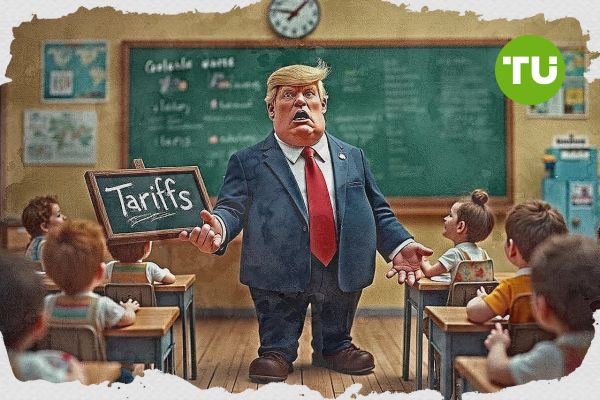Trump considers tariffs on Southeast Asia amid trade tensions
 Trump announces new tariffs up to 40% on Southeast Asian countries
Trump announces new tariffs up to 40% on Southeast Asian countries
President Donald Trump has intensified global trade tensions by announcing plans for steep new tariffs—ranging from 25% to 40%—on a group of Southeast Asian nations.
The proposed tariffs, targeting countries such as Cambodia, Indonesia, Laos, Malaysia, and Thailand, are meant to crack down on the re-routing of Chinese goods to avoid existing US tariffs, reports Cryptopolitan.
Vietnam, already subject to a 20% tariff on direct exports and 40% on trans-shipped goods, is cited as a primary hub in this rerouting network. Trump asserts these measures will generate over $300 billion by year-end, with tariff revenue expected to begin flowing in August. The aggressive stance coincides with the looming August 1 deadline for bilateral trade negotiations, increasing pressure on these nations to make last-minute deals.
Supply chains at risk amid uncertain tariff implementation
Economists warn that the proposed “tariff wall” could destabilize regional supply chains and increase consumer prices in the United States. Alicia García Herrero of Natixis suggested that not all Southeast Asian countries will face identical tariffs, depending on how deeply their supply chains are linked with China. The variability of rates introduces uncertainty that may further complicate business planning. Mark Williams of Capital Economics emphasized that inconsistent enforcement could disrupt the already fragile global trade architecture.
He also noted that businesses that previously relocated from China to Southeast Asia to avoid tariffs may reconsider if the cost gap narrows, potentially reversing recent diversification efforts. This growing uncertainty threatens to undermine efforts by firms to future-proof their manufacturing strategies.
Tariffs raise inflation risks and hurt U.S. consumers
While Trump’s policy is intended to restore American manufacturing, analysts argue it may backfire by increasing costs and failing to meaningfully shift production back to the US. Mark Williams pointed out that many American industries still lack the economies of scale needed to compete with Southeast Asian manufacturers, even when shielded by tariffs.
As a result, US businesses face the tough choice of absorbing rising import costs or reducing supply. Ultimately, American consumers may bear the brunt of price hikes, as tariffs function as indirect taxes on goods. In addition, new compliance requirements for trans-shipped goods could slow import processing, creating an opening for new regulatory industries but adding yet another layer of cost and complexity to global trade.
Recently we wrote that President Donald Trump has renewed his demand for Federal Reserve Chair Jerome Powell to resign, following accusations that Powell provided false testimony to Congress.













































































































































